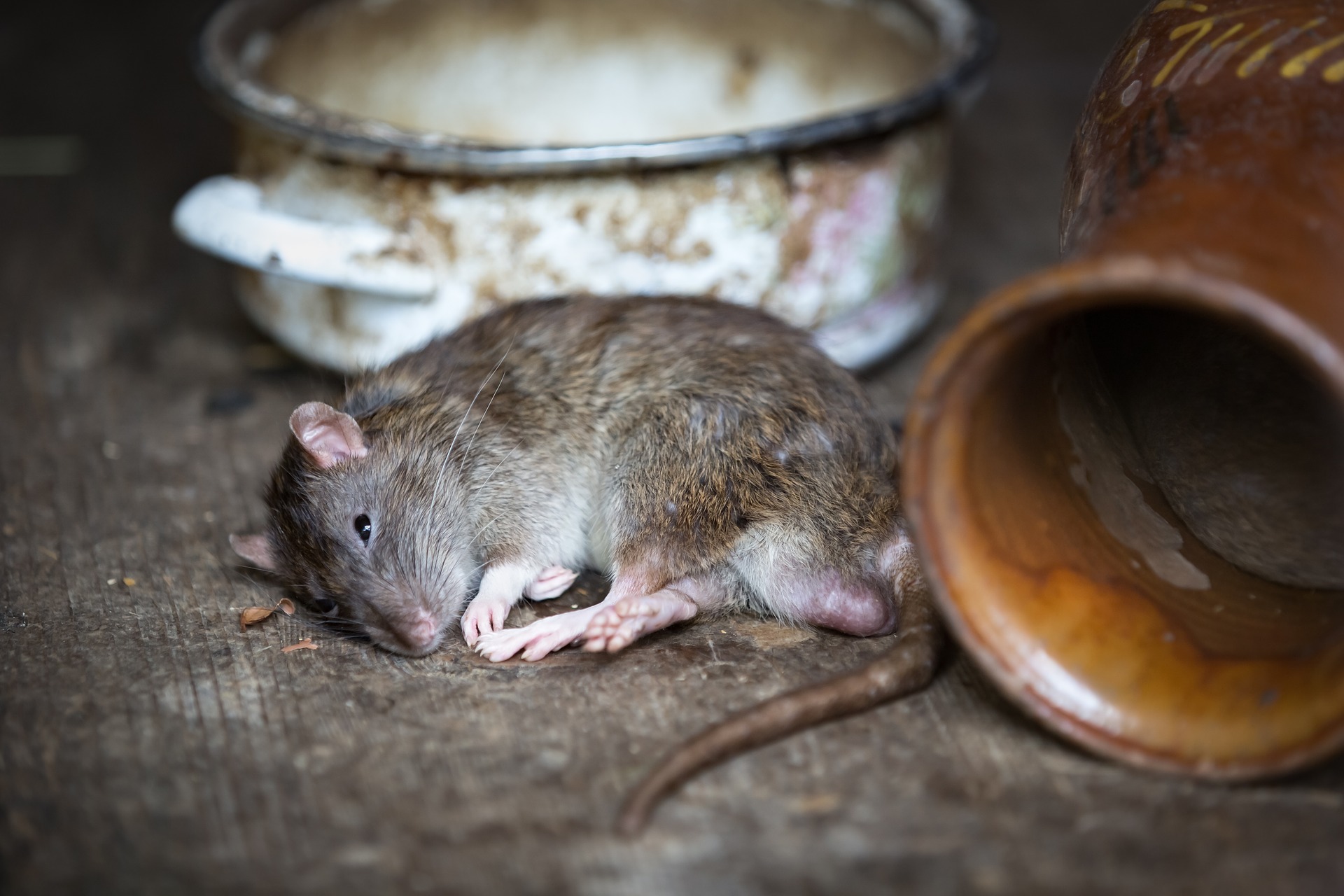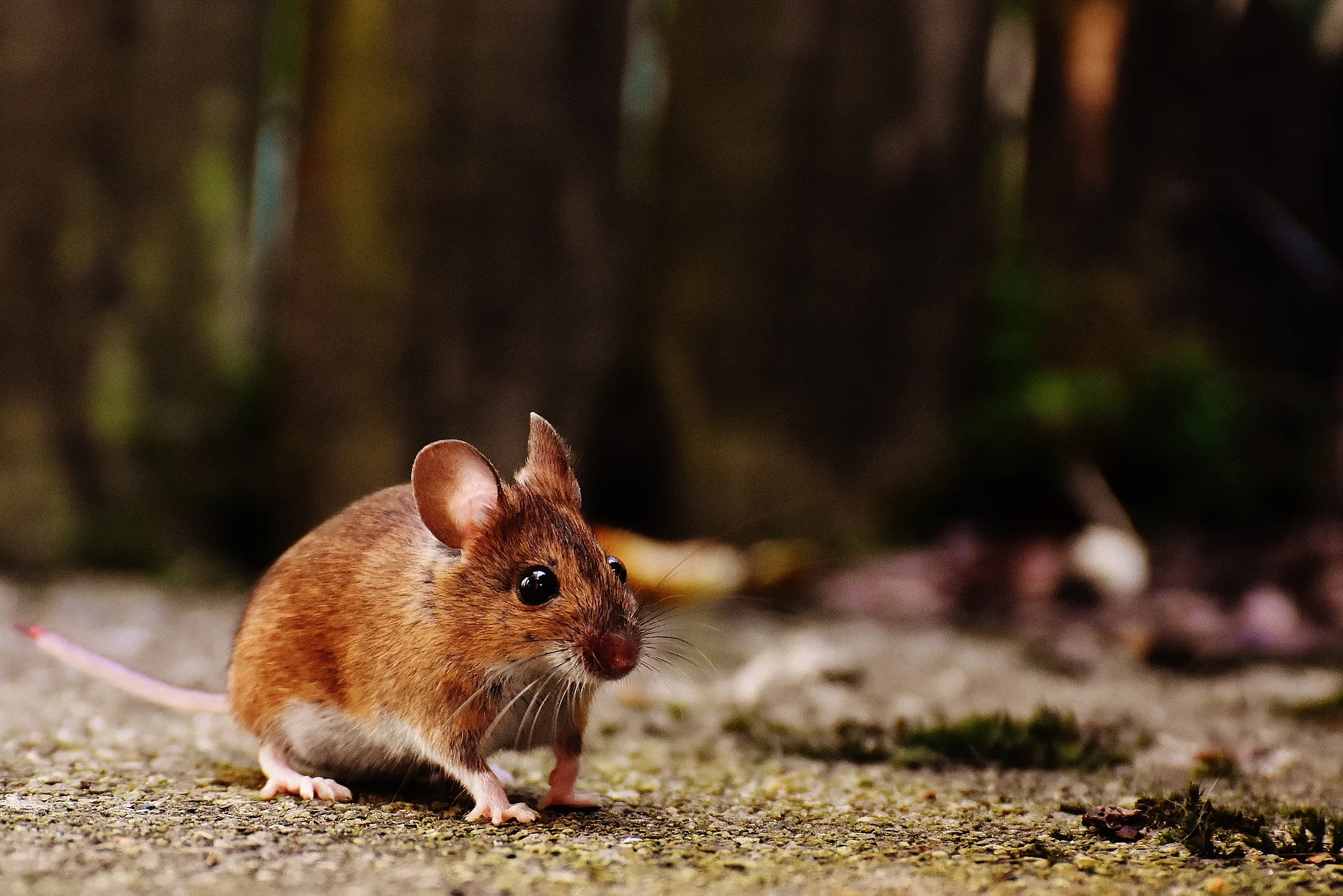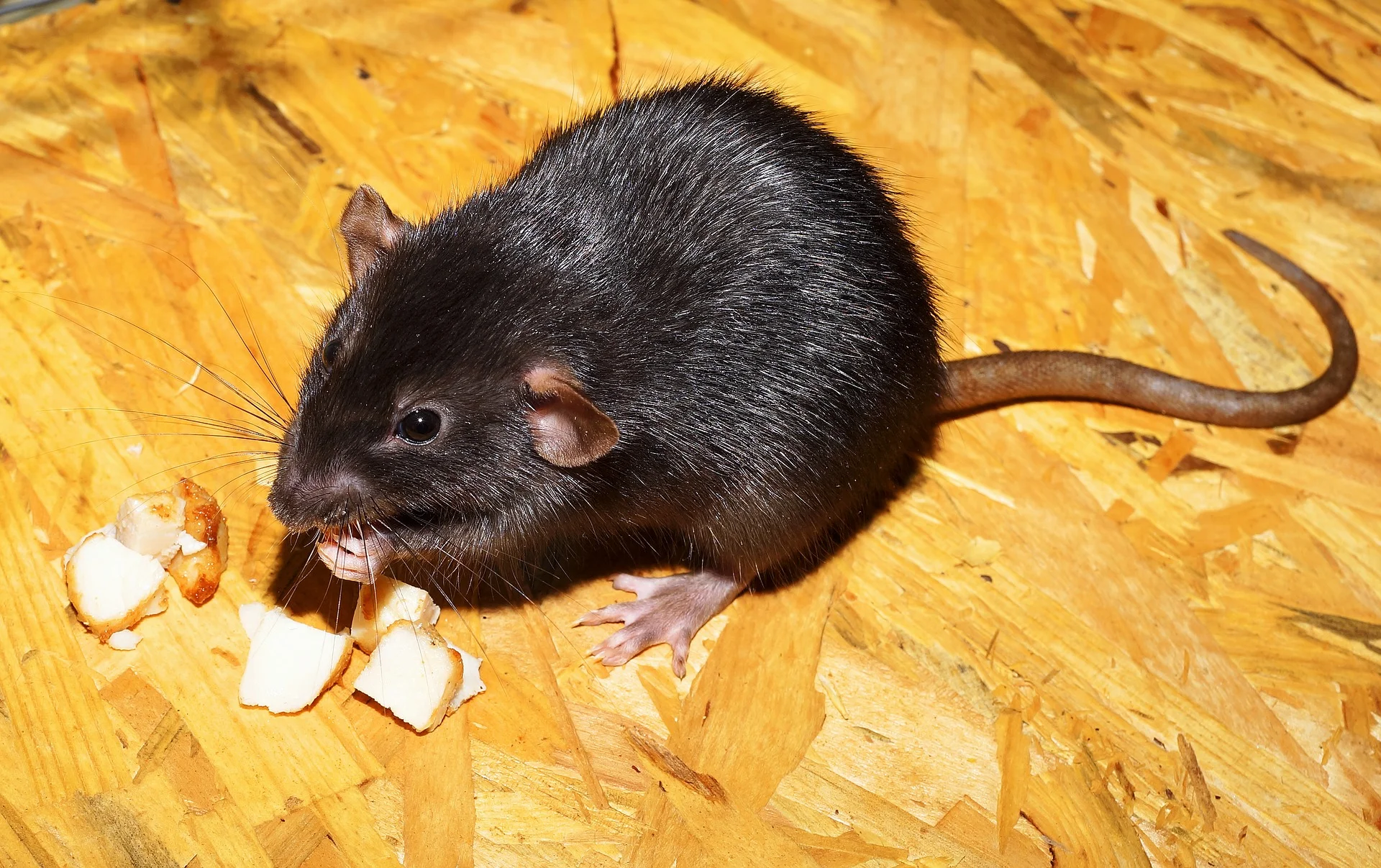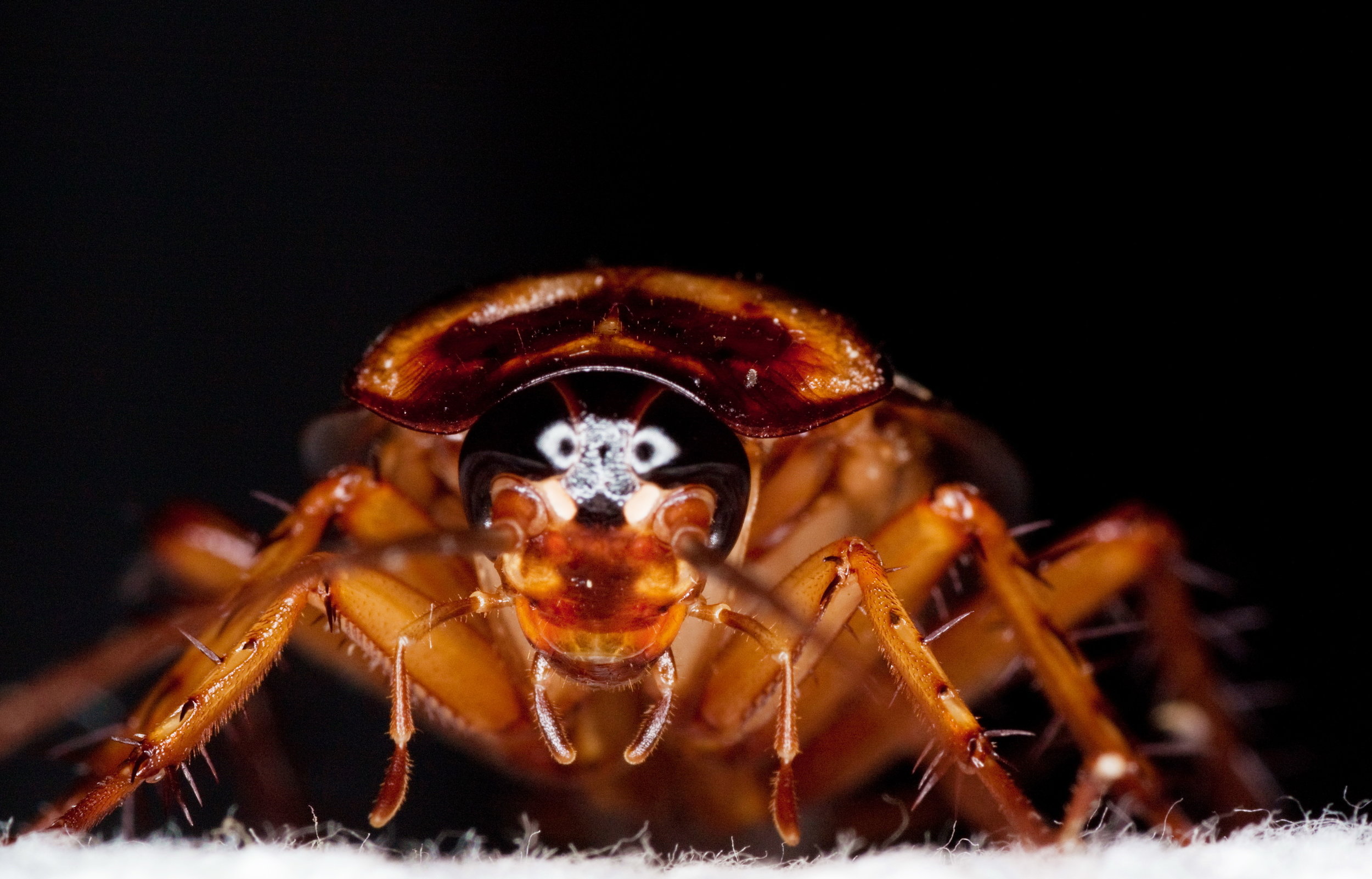Fleas will bite both animals and humans for blood. Flea bites typicaly appear as small red bumps that are itchy and uncomfortable more often than not. These bites usually appear in small groups on the skin. Not only are flea bites uncomfortable, fleas can transmit bacteria and viruses through their bites. If you get bitten by a flea, you should clean the bite with warm water and soap to reduce the risk of infection. Anti-itch creams are available as well. If you feel a flea bite is serious, seek the advie of a medical professional as soon as possible.
INDOOR FLEA INFESTATION
An infestation of fleas can be very difficult to eliminate due to fleas having a complex life cycle. There are four stages to a flea's life; the egg, larva, pupa, and adult stages together make up what is known as a complete metamorphosis The fleas life cycle can take anywhere from a couple weeks to several months, depending on the immediate environmentent to complete. This makes control methods difficult at times for most people. Some retail products marketed for flea control may only be formulated for one or two life cycles. It's often best to call a professional like Gladhill Services in order to rid your home of fleas once your pet is treated.
Since pets go in and out of the house all the time it's almost impossible to treat fleas without treating both the inside and outside of your home. A treatment on the lawn will also need to be in order. Dense foliage from landscape plants may be in need of treatment too since fleas can thrive in areas of dense high growth or groundcover.
These are common areas to find fleas.
Step One - Vacuuming
First you'll need to vacuum the entire house. Vacuum all carpeting and hard surfaces, paying close attention to where your pet sleeps and spends time resting. Be sure to get underneath all furniture, rugs, beds etc. You must vacuum (and treat if doing yourself) all furniture. Once this initial step is complete disregard your vacuum bag in in a sealed container and take it outside. This will prevent fleas from getting back out infesting your home again. Vacuuming, shampooing or even steam cleaning rugs and carpet will only kill some of the larvae so a professional treatment will most likely remain necessary for the complete elimination.
Step Two - Wash Linens
Wash all bed linens and pet bedding to kill possible fleas. Be sure to always wash and dry all bedding at the hottest temperature fabrics can tolerate or, if washing is not possible you must bag all linens and remove from the house during this step. These items must be washed at a later date but, cannot be brought back inside the house until washed and dried.
Step Three - Keep Pets Out
To keep you and your pets safe we suggest your veterinarian treat your pet for fleas on the day Gladhill Services provides your service. This helps prevent your pet from re-introducing the pest into the treated environment. Make sure to remove your pet's food and water dishes. In fact, it's best to remove any pet-related items from your home during treatment. Please keep your pet out of treated areas until materials are dry. We suggest ventilateing the interior of your home during this time.
Exterior Flea Prevention
In many parts of the country, freezing temperatures help control flea populations outside. But in warmer climates, flea populations thrive all year long. Fleas do prefer a cooler, shady place with a little moisture. During the warmer months, fleas hide in and around shrubs, within leaf litter, in mulch, and under structures that may fill your landscape. Since flease cannot tolerate the sun for too long do not thrive much in cut lawns as many believe. Here are a few steps that will help keep your yard less attractive to fleas.
Step Four - Clean Up Yard
Clean up and remove debris from your yard. Remove any refuse or garden debris like piles of wood, bricks, or any type of discarded pots. These are the ideal breeding sites for fleas. Use a broom to sweep off patios. Don’t forget to check out your cat or dog's favorite places to run and lay. This includes dog runs and kennels, areas underneath decks or porches, under shrubs, and along fence lines.
Step Five - Mow & Prune
An easy way to reduce flea and tick populations in your yard is to keep the grass, trees, and shrubs trimmed. Mowing your lawn to the proper height exposes the soil to sunshine, keeping it dry, and removing the longer grass fleas and ticks prefer to hide in. Prune bushes and trim trees to increase the amount of sunshine in your yard. Both fleas and ticks prefer moist environments, so be sure to avoid overwatering.
Eliminating fleas should always be left up to professionals like Gladhill Services. You shouldn't have to live in a home infested by fleas so give us a call 717-597-1040 or click here to get an inspection today.












